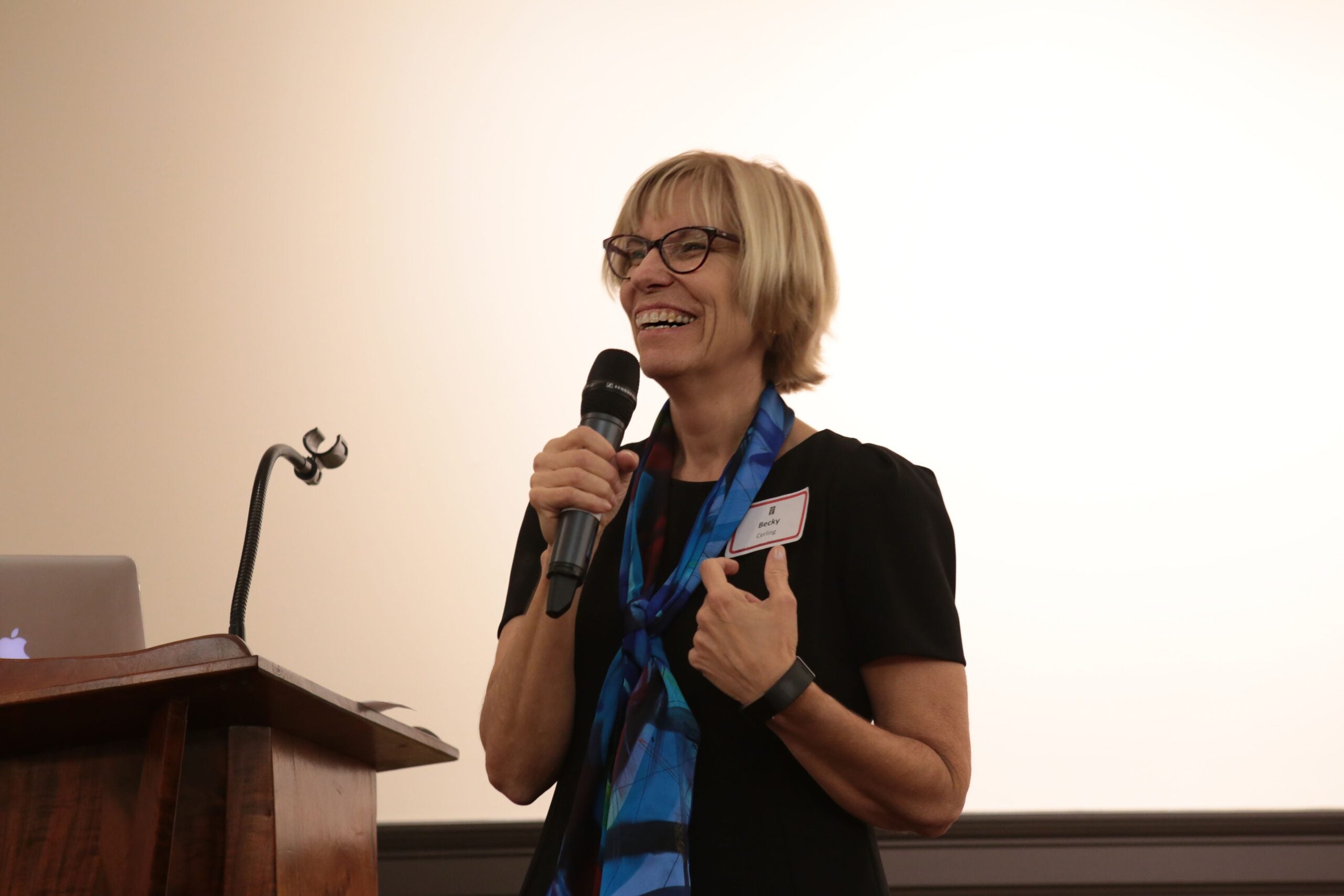
Recognizing Beauty
Pope Francis, in remarks to a gathering of Italian Catholic members of the film industry, said that in the Church, “Beauty has always been left to one side or at least in the corner.” He noted that of the three transcendentals, theologians emphasize goodness and truth, but not so much beauty.
 And yet, we are almost universally drawn to beauty. Dozens of examples come to mind — just from my immediate family. When we commuted along Pacific Coast Highway, my husband and I noticed that morning traffic invariably slowed when drivers watched dolphins cavort close to shore. Our son, a woodworker, delights in a perfectly aligned joint connecting table to leg. My dad, a college math professor, saw beauty in numbers, equations, problems — often scribbled on the back of a napkin. Our daughter, who works with autistic children, marvels when a child first sustains eye contact. In every instance, we exclaim: “Beautiful!”
And yet, we are almost universally drawn to beauty. Dozens of examples come to mind — just from my immediate family. When we commuted along Pacific Coast Highway, my husband and I noticed that morning traffic invariably slowed when drivers watched dolphins cavort close to shore. Our son, a woodworker, delights in a perfectly aligned joint connecting table to leg. My dad, a college math professor, saw beauty in numbers, equations, problems — often scribbled on the back of a napkin. Our daughter, who works with autistic children, marvels when a child first sustains eye contact. In every instance, we exclaim: “Beautiful!”
Beauty — in creation, in the arts and craftsmanship, in math and the sciences, in education and human friendship — takes us out of ourselves, pulls us together and, often, draws us to Christ, the source of all beauty and Beauty itself. We have a wonderful and instinctual attraction to beauty. But we need also to connect beauty with truth and goodness.
Hans Urs von Balthasar imagined that connection in this way: beauty dances around “the double constellation of the true and the good.” Truth, goodness and beauty are inseparable, and Balthasar pictures beauty as the dancing energy that holds them together. To separate the three results in a flattening, in a skewed approach to life and learning, in false understandings of ourselves and of God. (Glory of the Lord, Vol. I “Seeing the Form,” 18.)
Pope Benedict XVI recounted an unforgettable experience of recognizing truth in beauty at a Bach concert. When the concert concluded, he and his friend immediately turned to one another and said: “Anyone who has heard this, knows that the faith is true.” Beauty and truth were connected when the audience heard the results of Bach’s expression of beauty. They felt it; they knew it. The apprehension of truth through beauty requires a different kind of knowing, a different epistemology. Knowledge that comes through feeling; heart knowledge. (“The Feeling of Things, the Contemplation of Beauty.”)
At IACS, we want to apprehend beauty and reconnect it with goodness and truth. In “Guadalupe: Holy Art in the Streets,” we’ve seen beauty in the work of Fabian Debora as he recognized and responded to the truth and goodness of Christ’s call through beauty. The “Beauty at Work” project spearheaded by IACS Hancock Fellow Brandon Vaidyanathan, Ph.D., examines how beauty is manifested in many disciplines, including science. And our next Fr. James L. Heft, S.M. Generations in Dialogue cohort will focus on beauty in the arts.
Pope Francis, in the same address to members of the film industry, concluded that beauty is the work of the Holy Spirit. At IACS, we don’t want to neglect either beauty or the work of the Holy Spirit. We expect you don’t either, and we’re glad you’ve joined us. We hope that you will support our work supporting scholars and artists in their work that fosters Catholic thought, imagination and experience.
And email us your experiences of beauty, truth and goodness. Send them to iacs@usc.edu with the subject line “Beauty.” We’ll feature some of them on our social media pages and our blog.
Editor’s note: Becky King Cerling, Ph.D., is executive director of the Institute for Advanced Catholic Studies at USC. Her column appeared in the Spring 2023 print edition of “En Camino,” the IACS newsletter.